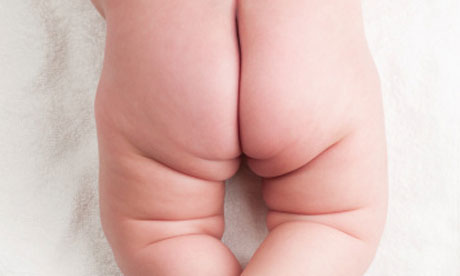
"What's the weirdest bit of someone's skin you've ever operated on?" a particularly chatty teenage girl asked me last week, as I cut a mole out of her arm. I told her that I couldn't think of a single part of the body that escaped the surgeon's knife. I'm not sure where her mind took her in the ensuing silence but I found myself thinking of a very obscure part of a person's anatomy.
The natal cleft is the deep groove which runs between the two buttocks from just below the sacrum to the perineum. Depending on how developed a person's gluteal muscles are, the depth of this crease varies. In those that are especially deep and hairy, the natal cleft can be the site of a very nasty condition.
Pilonidal (meaning "nest of hairs") disease mainly affects males between puberty and the age of 40. It is also common in obese people, those with a sedentary lifestyle or a family history of the condition. The mechanism by which the problem arises is unclear, but it is thought that when the natal cleft stretches during sitting, damage to hair follicles within causes little pits to form. Hairs shed from the back and buttocks find their way into the natal cleft and can get caught in these pits. During movement, friction causes the hairs to form tiny tunnels called sinuses.
These sinuses often get infected, and may even turn into abscesses. Symptoms include local pain and discharge, as well as fever and malaise. The only way to get rid of a pilonidal sinus is to cut it out with a wide margin of surrounding healthy tissue. The best chance of avoiding a recurrence is gained by leaving the wound open to heal by itself, with simple daily changing of a dressing. However, this is often very unpopular with young men who need assistance from their mothers.

